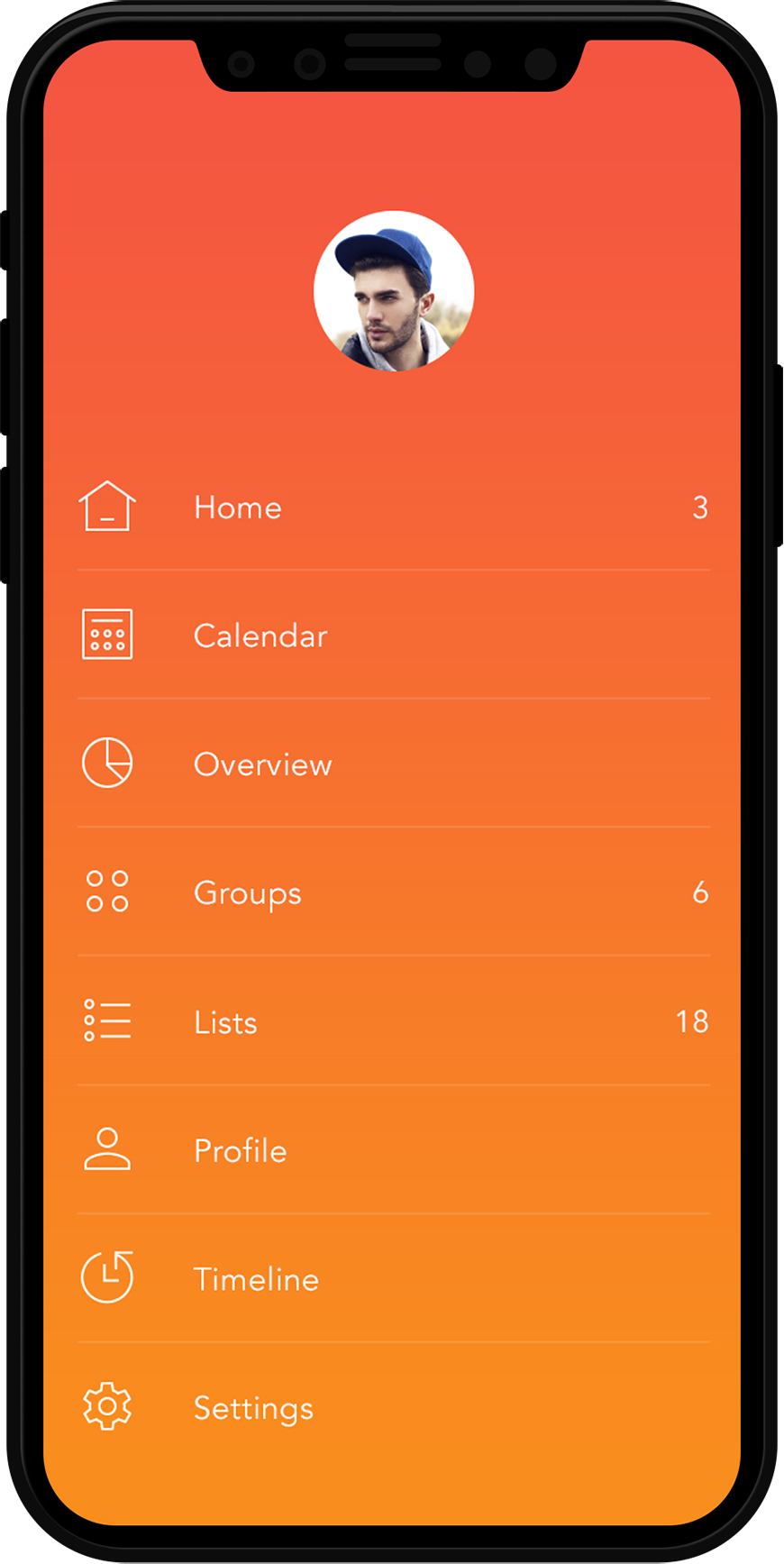Catch up on the most important developments and expert insights shaping the industry today.
Read More

Awesome Documentation
Comprehensive guides and tutorials to help you get started. Clear, step-by-step instructions for seamless implementation. Access to all resources, ensuring you’re never left behind.
- Packed With Amazing Features.
- Relaible And Secure Flatform.
- Everything Is perfectly organized.
- Attach Large Life Easily.



